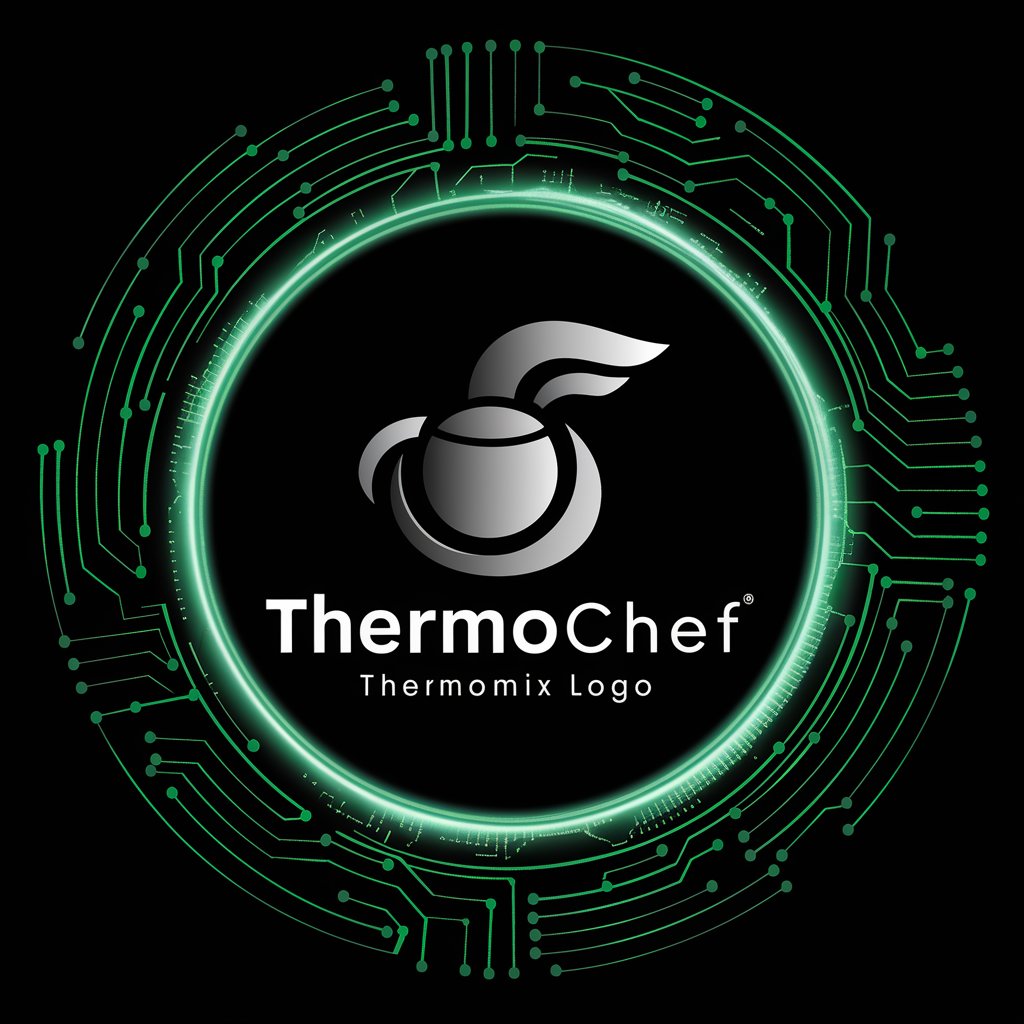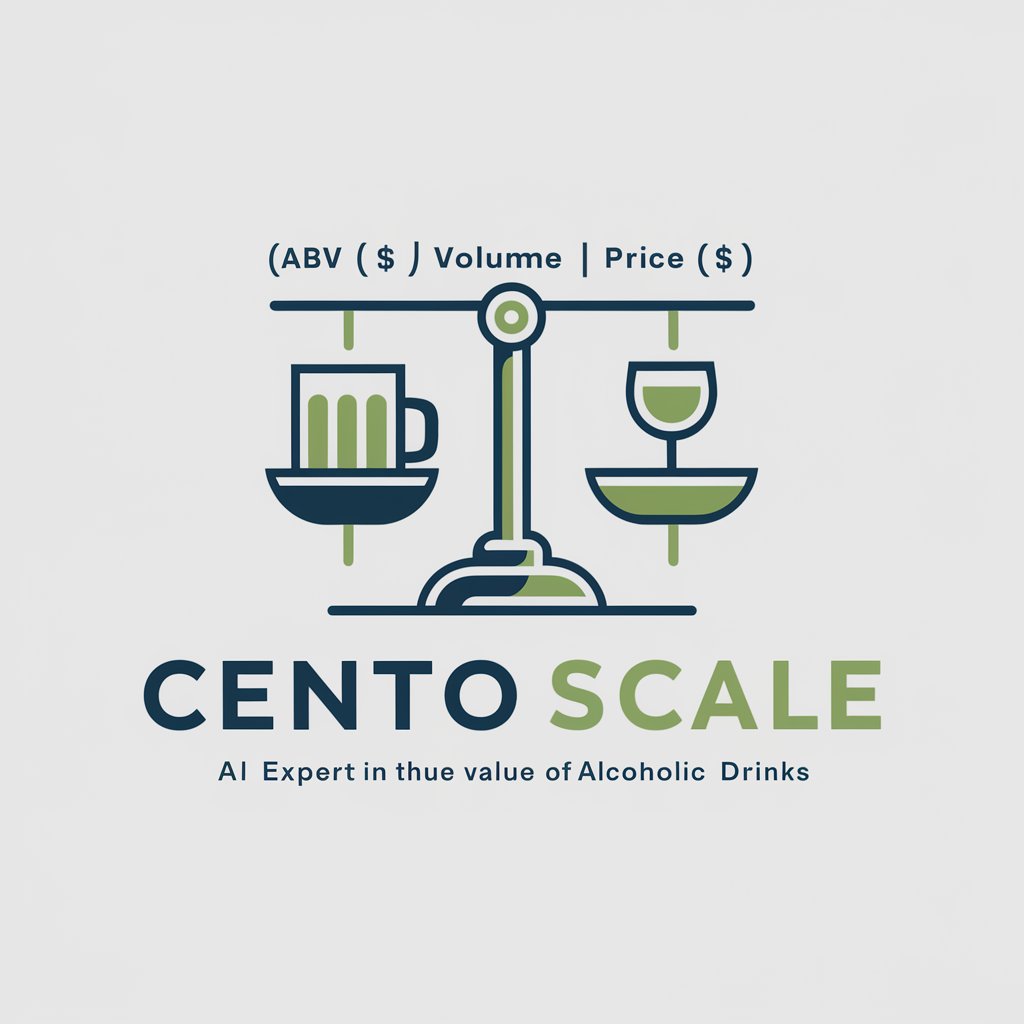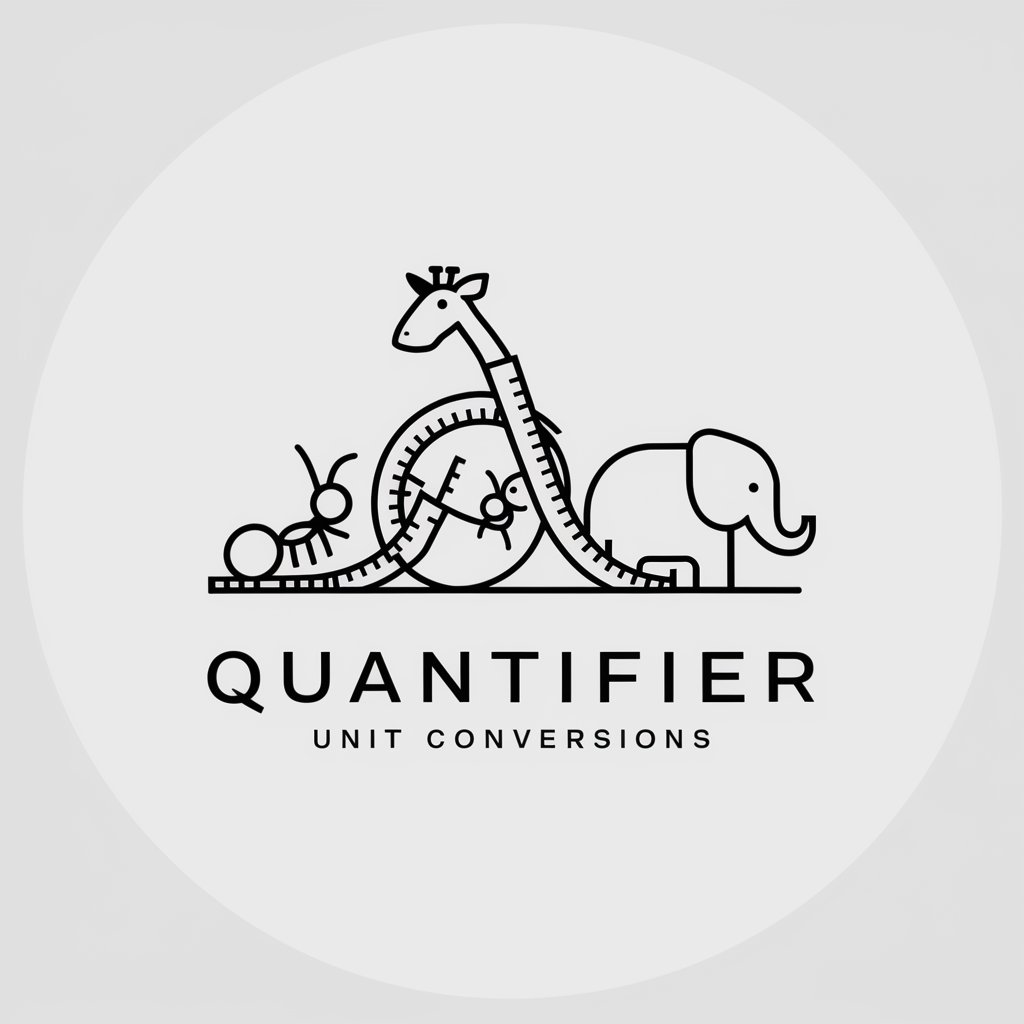
Conversion liters, centiliters, milliliters etc - Volume Unit Conversion
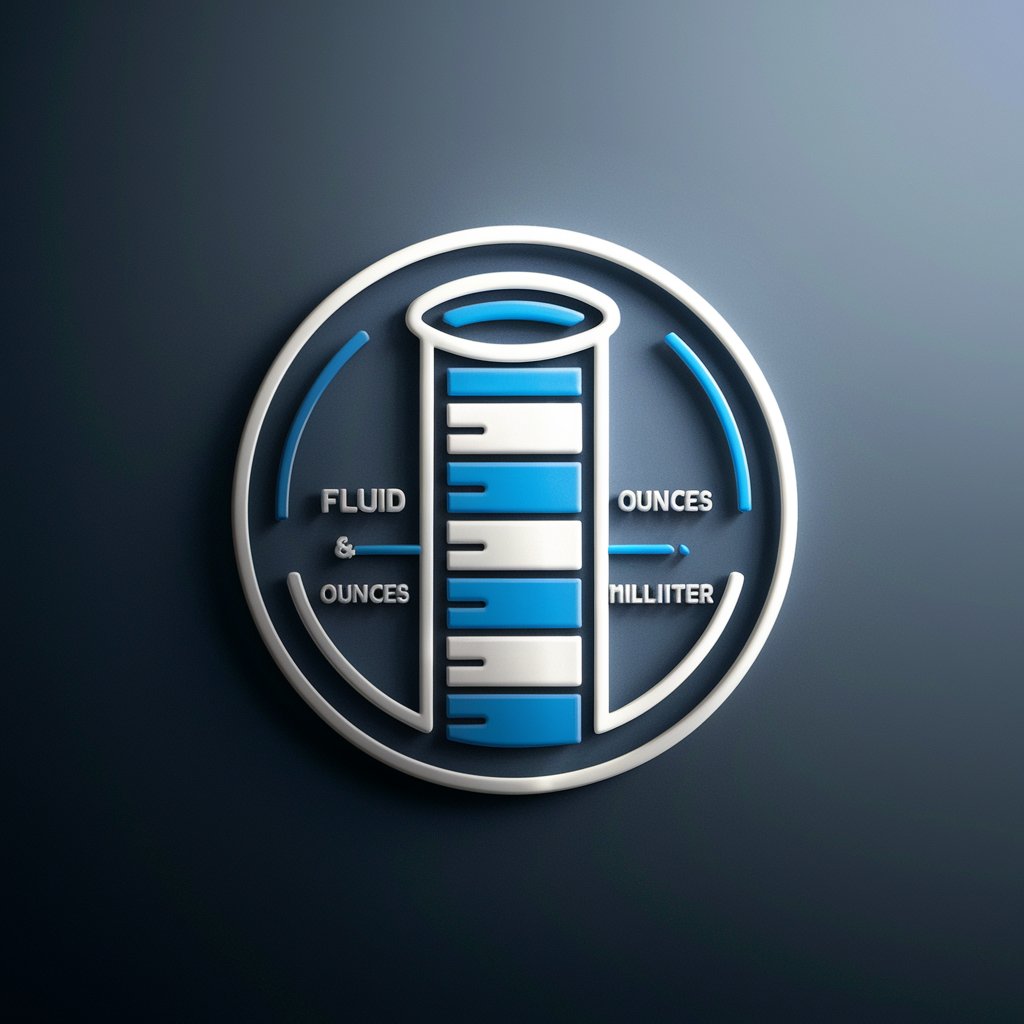
Hi! Need help with volume conversions? I'm here for you.
Simplify volume conversion with AI power
Convert 500 milliliters to liters.
How many centiliters are in 2 gallons?
I need to know how many ounces are in 3 cups.
Can you convert 1500 milliliters to ounces?
Get Embed Code
Introduction to Conversion liters, centiliters, milliliters etc.
Conversion liters, centiliters, milliliters etc., is a specialized GPT designed to assist users in converting between different units of volume. This GPT understands and performs conversions among various volume units such as liters (L), milliliters (mL), centiliters (cL), gallons (gal), ounces (oz), and cups. It is developed to provide accurate conversion results and guide users through the conversion process, helping them select the correct units and input values. For example, it can convert cooking recipe ingredients from cups to milliliters, or help a student convert liters to gallons for a science project, ensuring precision and ease in tasks requiring volume conversions. Powered by ChatGPT-4o。

Main Functions of Conversion liters, centiliters, milliliters etc.
Unit Conversion
Example
Converting 2 liters to milliliters.
Scenario
A cooking enthusiast needs to measure 2 liters of water in milliliters for a recipe. Using this service, they input '2 liters' and specify 'milliliters' as the target unit to receive the conversion of 2000 milliliters.
Conversion Guidance
Example
Guiding through the process of converting ounces to centiliters.
Scenario
A bartender looking to convert 5 ounces of liquor to centiliters for a cocktail recipe. This GPT explains the conversion rate and provides a step-by-step guide to accurately convert the volume, resulting in about 14.79 centiliters.
Educational Tool
Example
Teaching the relationship between different volume units.
Scenario
A student struggling with understanding volume conversions for a science class. This service can provide detailed explanations on how units relate to each other, for example, showing how 1 liter is equivalent to 100 centiliters or 1000 milliliters, enhancing their learning experience.
Ideal Users of Conversion liters, centiliters, milliliters etc. Services
Cooks and Bakers
Individuals in the culinary field often encounter recipes with volume measurements that are not in the unit they are accustomed to. Conversion liters, centiliters, milliliters etc. can simplify the cooking process by providing quick and accurate conversions, making it easier to follow recipes from different countries.
Students and Educators
This service is beneficial for students and educators in science and math fields, where volume measurement is a common topic. It serves as an educational tool that aids in understanding and applying volume conversions in academic exercises, projects, and experiments.
Professionals Requiring Precise Volume Measurements
Chemists, pharmacists, and professionals in the manufacturing sector who require precise volume conversions for their work can rely on this GPT for accurate and quick conversions, ensuring precision in formulations, experiments, and production processes.

How to Use the Volume Unit Converter
1
Start by accessing a versatile conversion tool online for free, with no account creation required, such as visiting yeschat.ai.
2
Choose the volume units you wish to convert from and to (e.g., liters, milliliters, centiliters, gallons, ounces, cups).
3
Enter the volume value you need converted. Ensure the value matches the unit you're converting from.
4
Execute the conversion to see the result in the desired unit. The tool automatically calculates the equivalent volume.
5
Use the converted values as needed. Common applications include recipe adjustments, academic projects, and personal curiosity.
Try other advanced and practical GPTs
Engineertechnologician+ExceptDrafter+etc Assistant
Enhancing Engineering with AI

Simple Sentences
Enhancing English with AI
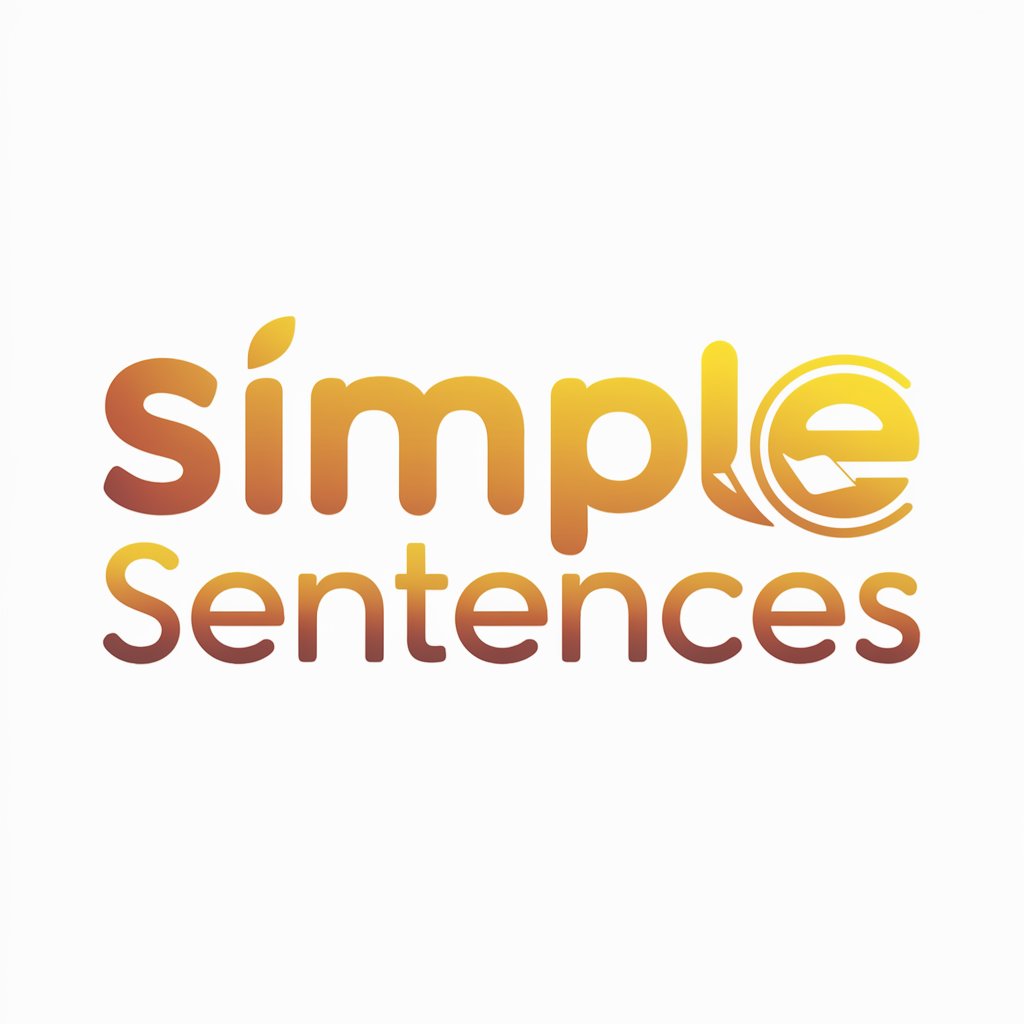
Simple Sheets
Streamlining Data Management with AI
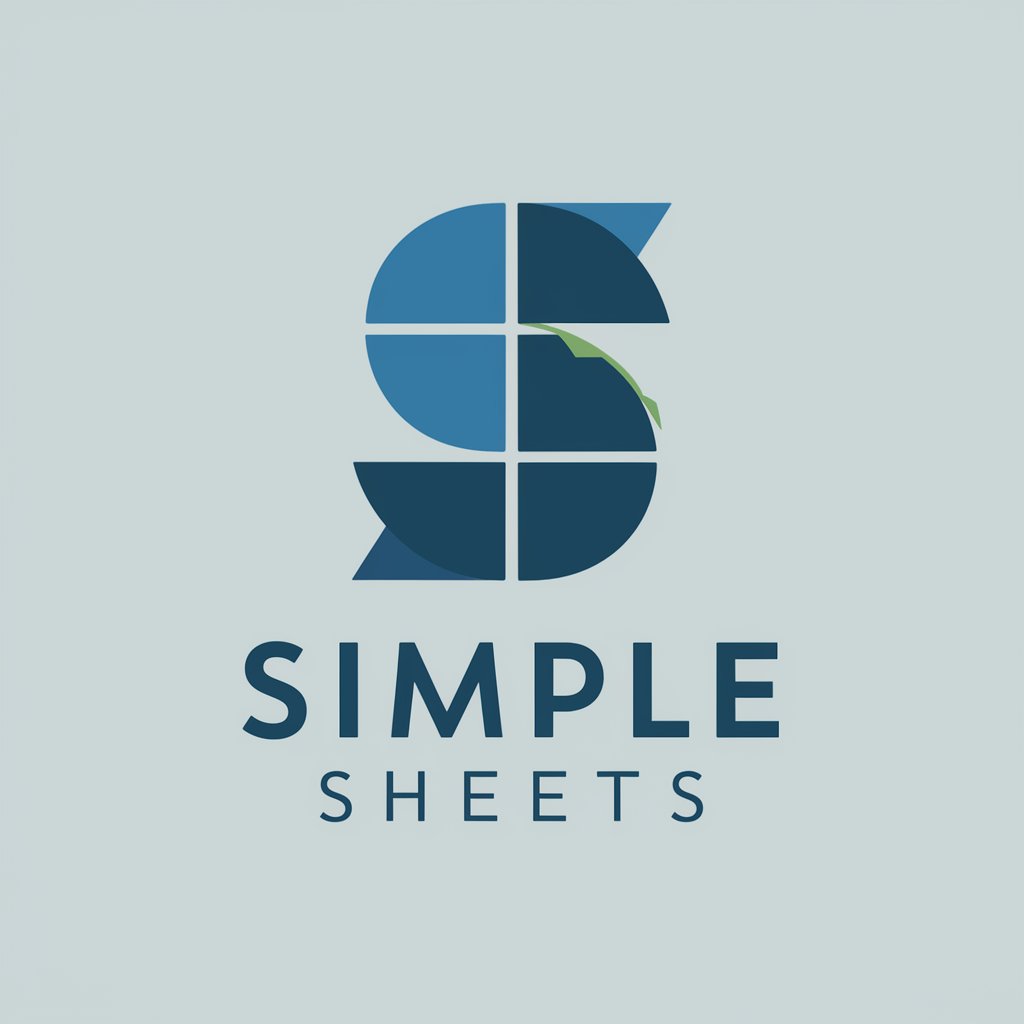
Simple Graph
Transform Data into Insights with AI

Simple Sentences & Illustration Maker
Bringing words to life with AI-powered illustrations.

Theater Keuzehulp
Discover Theater with AI

Theo - your Next.JS etc expert
Elevate Your Code with AI-Powered Expertise

Product owner integrity defender
Elevate Product Success with AI Insight

Defynd Content Manager
Streamlining Legal Financing

Holy Scripture Defends Anything
Empower Your Faith with AI

Defender Zim
Empowering cybersecurity with AI expertise

GPT Defender
Fortifying AI with Advanced Security

Frequently Asked Questions About Volume Conversion
What units of volume can I convert with this tool?
The Volume Unit Converter supports a wide range of volume units, including liters, milliliters, centiliters, gallons, ounces, and cups, allowing for versatile applications across cooking, science, and more.
How accurate are the conversions?
The tool provides highly accurate conversions based on standardized volume measurement ratios, ensuring reliable results for all your conversion needs.
Can I use this tool for cooking or baking?
Absolutely! The converter is ideal for adjusting recipes by converting between different volume measurements, such as cups to milliliters or liters, making it a valuable tool in the kitchen.
Is this converter useful for academic purposes?
Yes, it's particularly useful for students and educators in scientific disciplines, facilitating accurate volume conversions for experiments, research, and academic projects.
Are there any tips for getting the best results?
For optimal results, double-check your input values and units before converting. Understanding the context of your conversion (e.g., the density of substances if relevant) can also be helpful.
